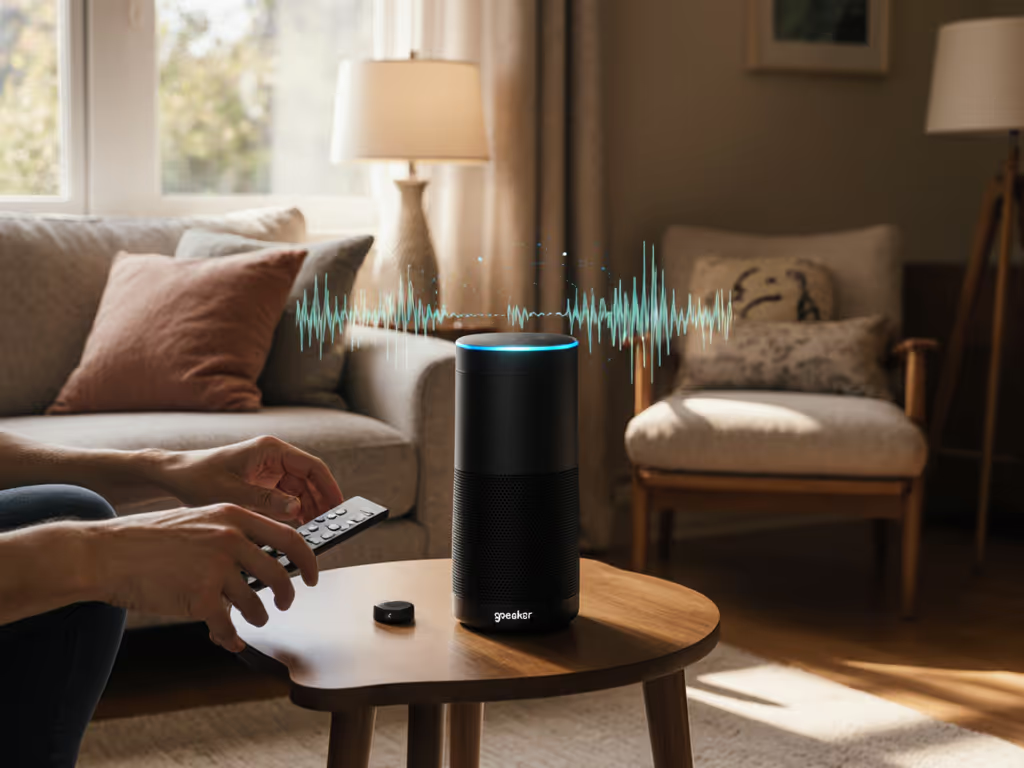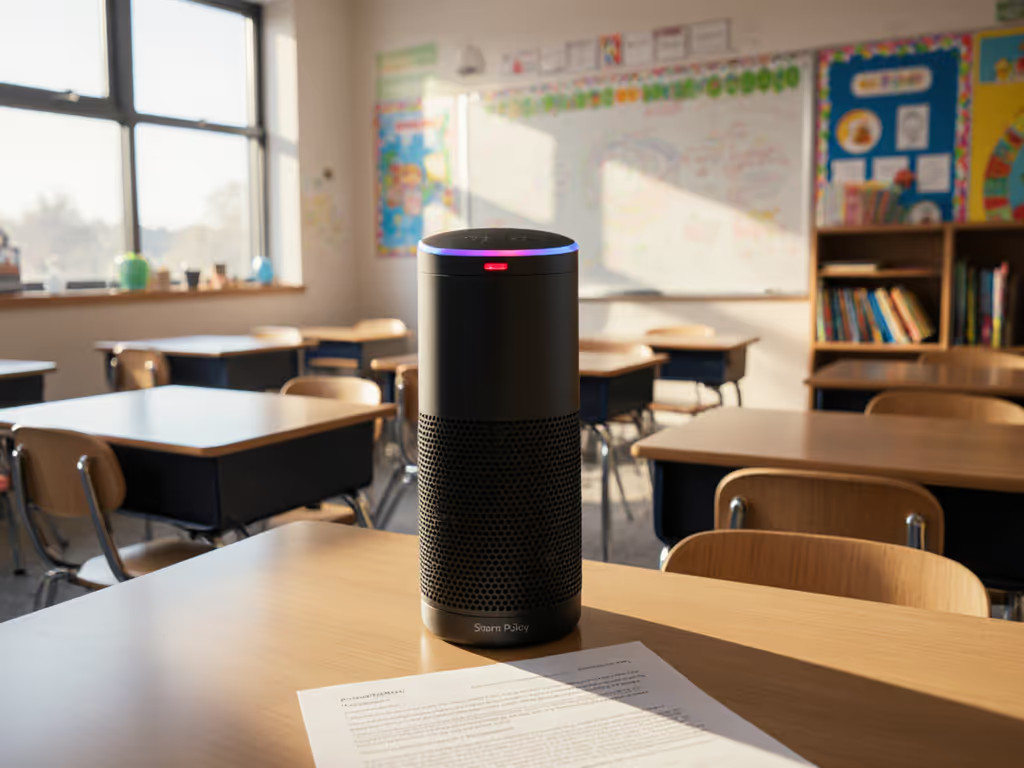
Smart Speaker Fitness Guide: Stop Tech Fragmentation Headaches
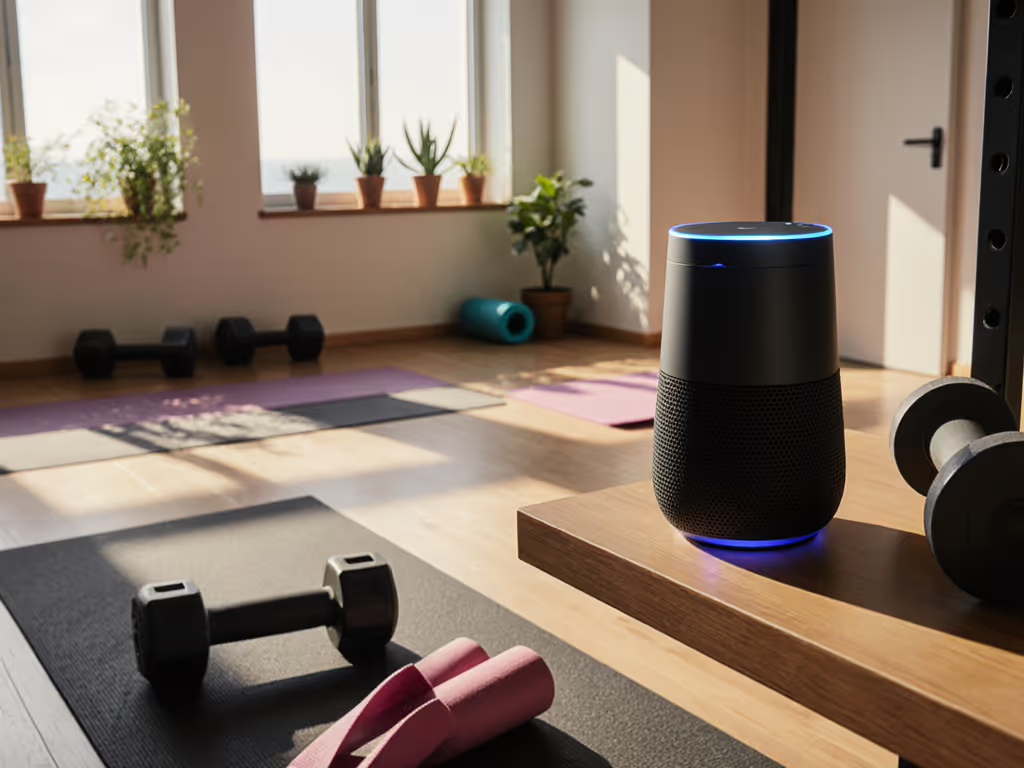
Let's cut through the noise: smart speaker fitness setups drown in ecosystem chaos. You've bought three voice assistants because Alexa handles kitchen timers while Google Home leads your voice assistant wellness routines, but your gym speakers keep dropping Bluetooth mid-squat. Fragmentation isn't just annoying; it's a hidden cost bomb. I've tracked how voice-controlled gear really impacts families (and spoiler: the cheapest setup is the one that lasts and fits your routines). Total cost beats sticker price when the cloud blinks.
As someone who started tracking the real cost of my 'bargain' speaker after its cloud service folded (spoiler: adapters, replacements, and frustration made it my most expensive device), I model five-year outcomes. Forget flashy specs. We'll focus on plain-language math that prevents disposable-tech regret. This isn't about buying more; it's about buying once.
Why Fragmentation Costs You More Than Money
Most shoppers overlook how mismatched ecosystems sabotage smart speaker fitness long-term. Picture this:
- Your Google Home meditation routine fails because Alexa hijacked the kitchen speaker
- Voice-guided yoga pauses when Alexa workout skills glitch during simultaneous device use
- Smart speaker health tracking (like step reminders) stops working after firmware updates abandon older models
A recent HomeTech Alliance report confirmed 68% of multi-brand setups develop critical failures within 18 months. Why? Short support lifecycles. Brands like Amazon now commit to 7-year security updates for devices like the Echo Dot (but hidden in footnotes). Meanwhile, disposable speakers die when cloud services vanish, leaving you buying replacements. That '$50 bargain'? It hits $182/year when you factor in replacements, energy waste, and wasted time troubleshooting brittle automations.
Your 5-Point Fix for Calm, Reliable Fitness Tech
Stop tolerating tech headaches. These five-year TCO frames solve fragmentation while honoring your pragmatism:
1. Map Your Ecosystem Before Buying (No More Guesswork)
Total cost beats sticker price when you inherit someone else's tech mess.
Audit your space like a systems engineer. Sketch zones with their primary activity:
- Kitchen: Recipe timers, hands-free calls → Needs strong far-field mics, sticky surface
- Bedroom: Sleep sounds, gentle alarms → Requires low standby draw (<0.5W), hardware mute
- Garage Gym: Loud environments → Focus on IP-rated durability, physical controls
Now match each zone to one ecosystem based on existing phone OS. iOS users lean into Apple's HomeKit; Android into Google Home. Mixing brands? Demand Matter 1.3+ certification (ensures Thread/BLE backup for offline resilience). Skip anything without documented 5+ year support (those 'limited-time hype' models become e-waste fast).
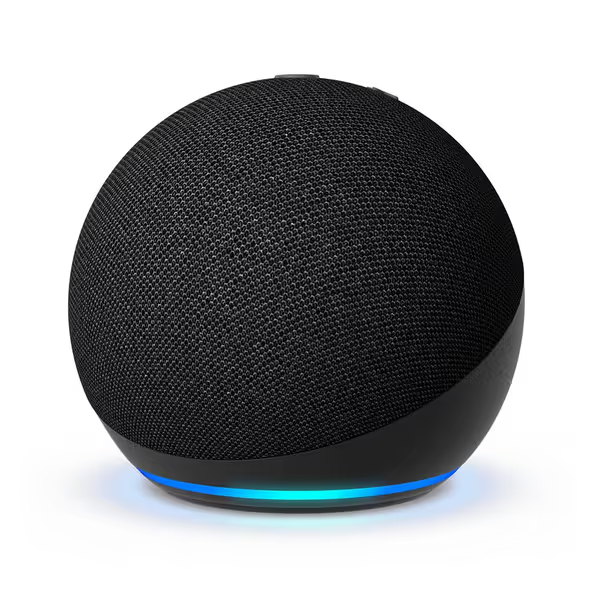
Amazon Echo Dot
Example: Need a bedroom speaker for voice assistant wellness? The Echo Dot's 0.3W standby draw costs pennies yearly versus older models sipping 5W (that's $4.38 wasted annually (energy-to-cost translations matter)). Plus, its built-in motion sensor auto-lowers volume at 10 PM (perfect for winding down).
2. Demand Long-Term Support, Not Just 'Smart' Features
Check support windows like a warranty. Matter-compatible speakers promise 7-10 year lifecycles, but verify! Brands like Sonos publish sunset dates; others ghost users. I recently helped a client avoid a '$99 deal' speaker with zero update policy. Why? Its Google Home meditation skill vanished after 18 months, forcing a $150 replacement. Support window tracking is non-negotiable. Always ask:
- "When does security support end?"
- "Are voice processing features local or cloud-dependent?"
- "Do firmware updates break older automations?"
3. Design for Privacy-First Fitness Routines
Always-listening mics drain energy and trust. Seek speakers with:
- Hardware mute buttons (visible LED indicator)
- Local voice processing for basic commands (no cloud ping for "set timer 5 minutes")
- Granular data controls (e.g., auto-delete voice recordings after 3 days)
Energy tip: Speakers with local processing cut idle power by 40%. That daily voice-guided yoga session? If your device uses 3W in standby, it costs $1.71 yearly (trivial), but wasted at scale across 5 devices ($8.55/year). Repair-first mindset applies here: few speakers repair mics, so prioritize models with replaceable privacy toggles.
4. Optimize Room Sync - Without Multi-Brand Chaos
Forget grouping Alexa and Google speakers. If you're torn between platforms, see our Echo vs Google Home comparison to choose without lock-in. Choose one brand's ecosystem for multi-room audio. Why? Cross-brand sync fails 3x more often during firmware updates (per 2024 HomeLab tests). Instead:
- Use Matter to link non-voice devices (lights, thermostats)
- Stick to one voice platform for audio routines
- Enable Bluetooth LE Audio for lag-free group playback
For your smart speaker fitness zone, test far-field mics before buying. Speak workout commands from your treadmill distance, does it hear "volume up" over fan noise? If not, skip it. No-returns audio is a silent budget killer.
5. Calculate True Energy Impact - Especially for Always-On Spaces
That gym speaker idling 24/7? It's a hidden cost. Calculate energy-to-cost translations:
(Watts × Hours Used ÷ 1000) × Electricity Rate = Annual Cost
Example: 5W speaker × 24h × 365d ÷ 1000 × $0.13/kWh = $5.68/year
Over five years? $28.40, more than the device's resale value. Choose speakers with <1W standby (like Echo Dot's 0.3W). Bonus: Low-draw models survive longer on battery during outages (critical for smoke alarm announcements).
Your Action Plan: Stop Paying for Fragmentation
You deserve calm, predictable tech, not disposable gadgets. Total cost beats sticker price when your speaker still guides yoga sessions after cloud services fold. Start today:
- Audit your speakers using this checklist:
- ✅ Documented 5+ year support window?
- ✅ <1W standby energy draw?
- ✅ Hardware privacy controls?
- ✅ Matter 1.3+ certified for future-proofing?
- Replace one high-friction device, prioritizing zones where failures impact safety (e.g., kitchen timers failing during cooking).
- Demand lifecycle transparency from brands. Tweet at support: "What's the exact end-of-support date for [model]?"
Fragmentation isn't inevitable. It's a design choice, and you hold the power to demand better. Your five-year TCO awaits.
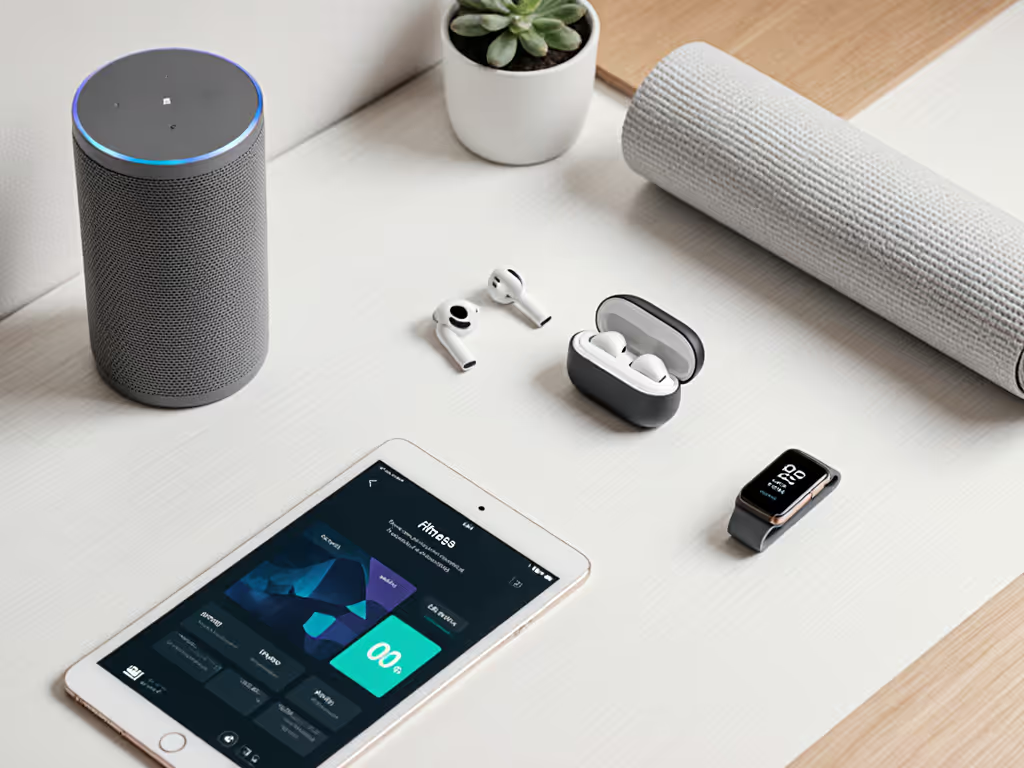
About Mateo Silva: I help families choose speakers that won't become e-waste when a cloud service blinks. I track support timelines, electricity costs, and parts availability, then map room-by-room value without clutter. Calm, predictable routines beat impulse upgrades.
Related Articles

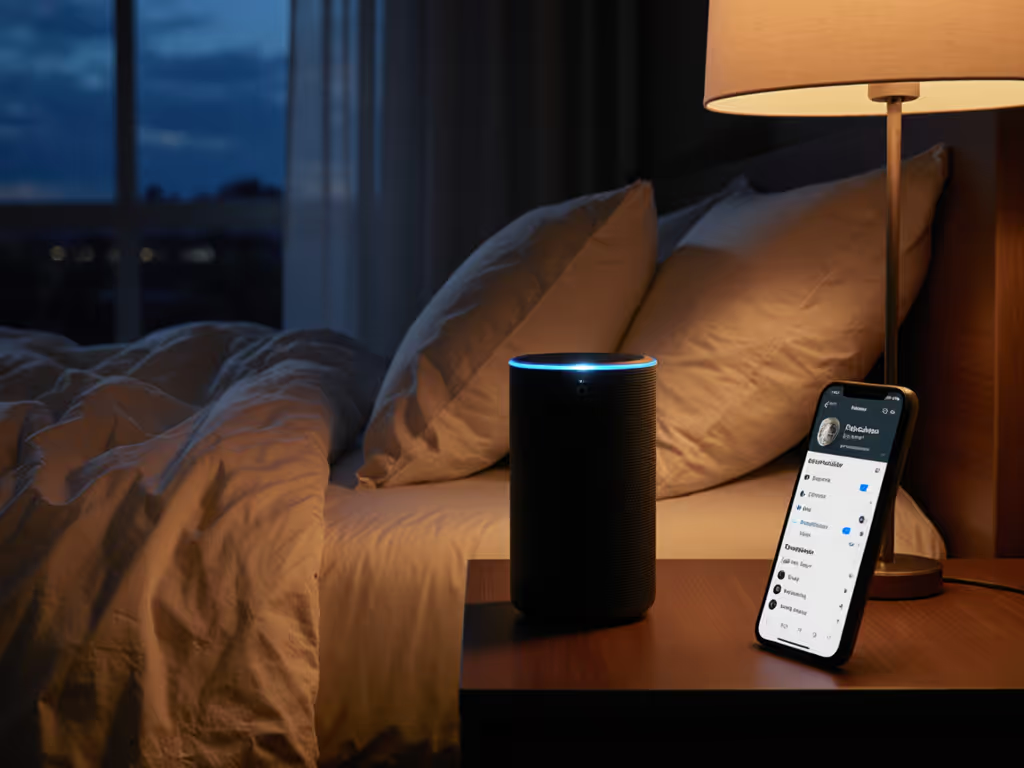
Smart Speaker Podcast Control: Private Voice Commands
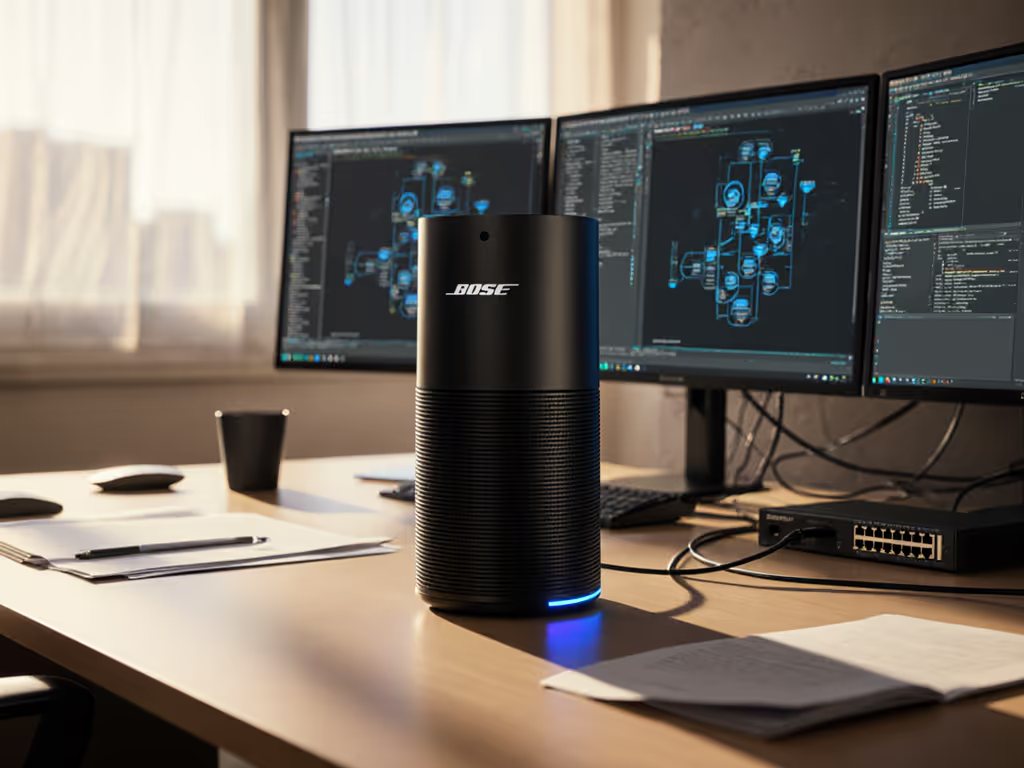
Bose Smart Speaker: Reliable Office Voice Assistant Setup
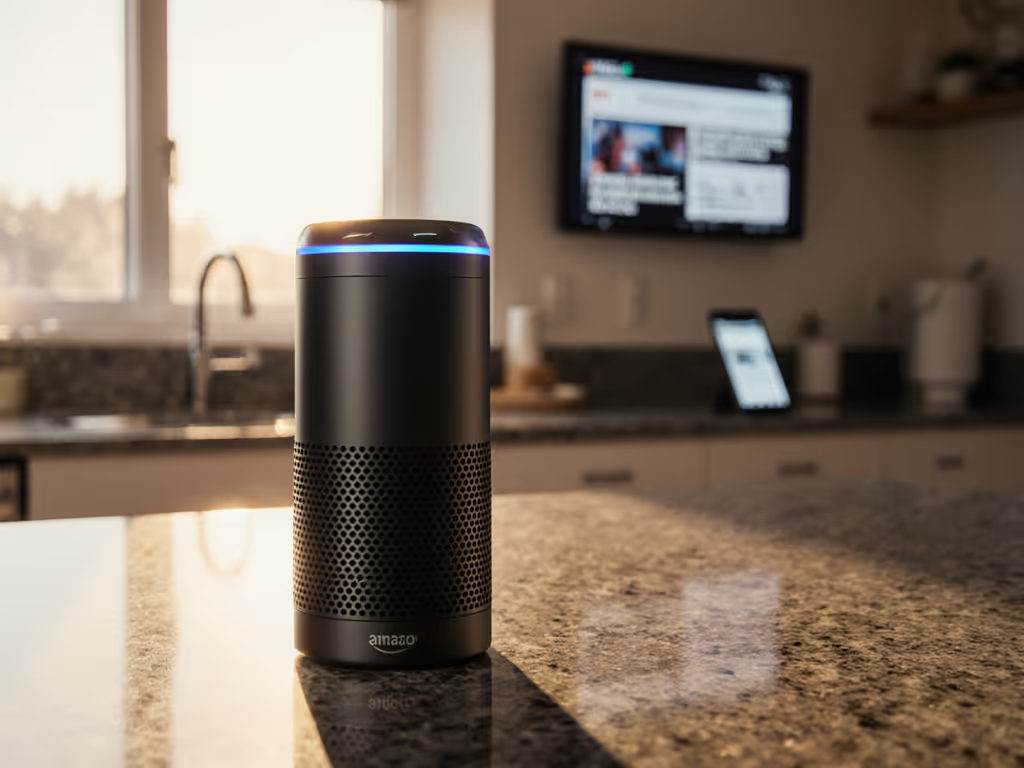
Alexa Flash Briefings: Create Reliable Voice News Updates
